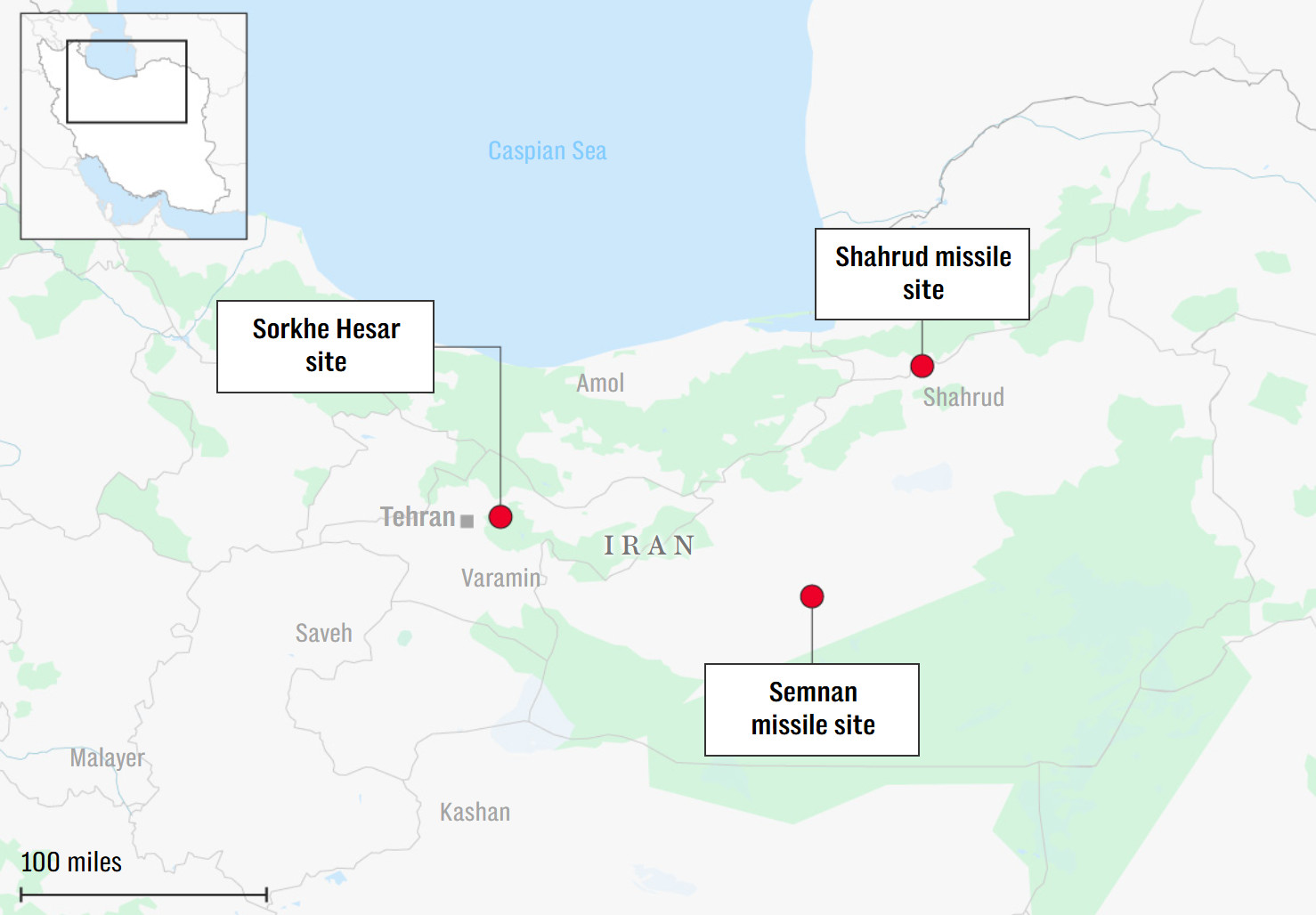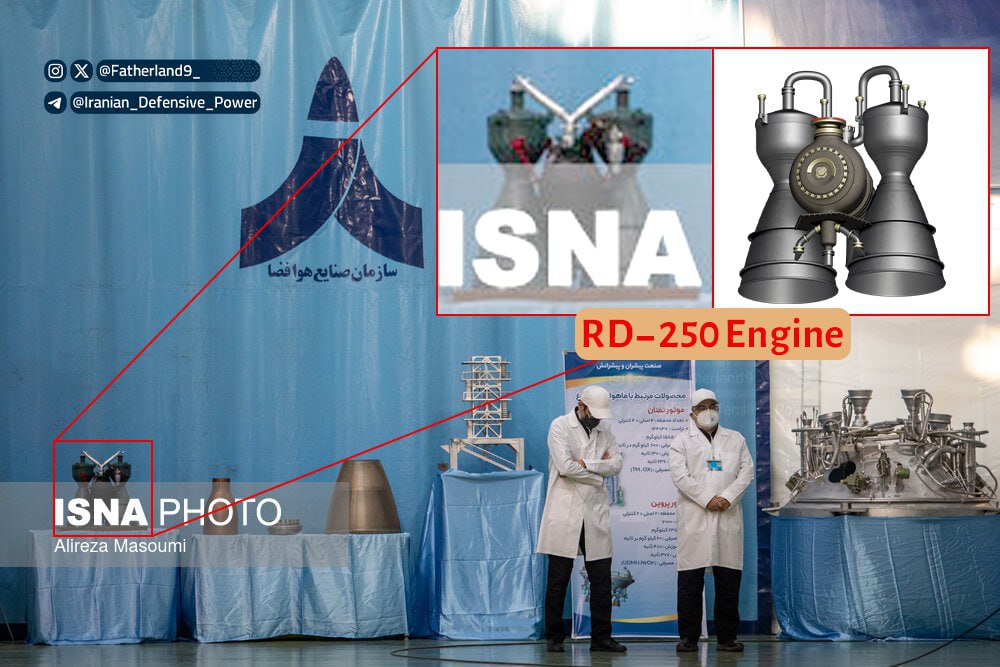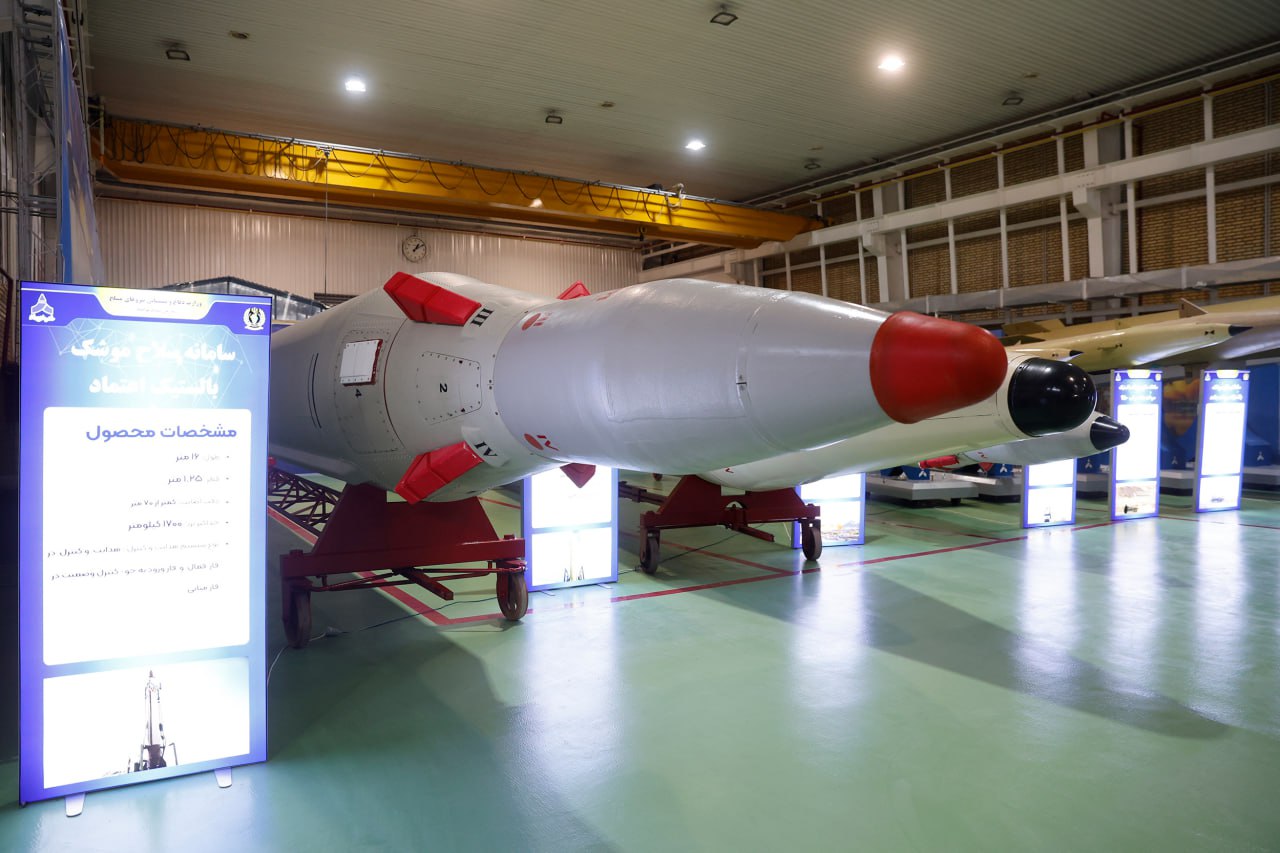The Telegraph: Iran is developing a ballistic missile with a range of 3000 km
4 February, 2025 Test of the Iranian Khorramshahr-4 (Khaibar) ballistic missile. Iran, May 2023. Image: Iranian media
Iran is developing a nuclear-capable ballistic missile with a range of 3,000 kilometers based on projects that North Korea transferred to the Islamic regime. The Telegraph reported on this, citing data from the National Council of Resistance of Iran (NCRI), which includes various groups of Iranian dissidents. The anti-government organization, which had previously disclosed details of Iran's secret uranium enrichment plants, spoke about the expansion of the Islamic Revolutionary Guard Corps' missile program.
It is alleged that a new medium-range ballistic missile is being developed at two facilities, as well as a nuclear warhead adapted for it. Both are under the control of the Organisation for Advanced Defence Research (SPND), the nuclear program's arm.
 Iran's missile and nuclear program sites. Image: The Telegraph
Iran's missile and nuclear program sites. Image: The Telegraph
At the first test site, known as the Shahrud missile site, about 35 km from the city of the same name, experts from the SPND and the IRGC aerospace forces worked on producing a nuclear warhead that could be installed on a solid-fuel Ghaem-100 missile with a range of up to 3,000 km.
According to the NCRI, there have been at least three successful missile launches. Previous tests have been conducted as satellite launches, as the missiles are positioned as "satellite carriers" to conceal the development of Iran's nuclear missile program. The second site, located 70 km from the city of Semnan, is used to develop Simorgh missiles based on North Korean designs.
Structurally, it is similar to the 18-meter North Korean UNHA-1 missile. Large parts of the facilities are located underground to hide their activities from satellite reconnaissance of other countries.
Iran's Missile Program
In early February, the Iranian Ministry of Defense held an exhibition of missile technology achievements and announced plans to launch an enlarged version of the Simorgh missile. Later, in 2026, a new Sarir missile carrier is expected to be launched.
At the same event, a model of a new Iranian liquid-fuel rocket engine, which could be a copy of the Soviet RD-250 engine, was presented for the first time. The DPRK could be a donor of technology for producing this engine. In addition to promising developments, Iran's existing arsenal of intermediate-range ballistic missiles is based on the use of liquid-fuel engine technology.
 Probably a mock-up of the RD-250 liquid-fuel rocket engine at an exhibition in Iran, February 1, 2025. Photo: x.com/fatherland9_
Probably a mock-up of the RD-250 liquid-fuel rocket engine at an exhibition in Iran, February 1, 2025. Photo: x.com/fatherland9_
Currently, the country has three potential nuclear warhead carriers in its disarmament program: Jihad, Khorramshahr, and Etemad, with ranges of 1,000, 1,700, and 2,000 kilometers, respectively. The new Etemad ballistic missile was publicly unveiled just a few days ago during the aforementioned exhibition.
At the same time, the junior Jihad missile was presented only a year ago.
 Iranian liquid-fueled ballistic missiles Jihad, Khorramshahr and Etemad
Iranian liquid-fueled ballistic missiles Jihad, Khorramshahr and Etemad